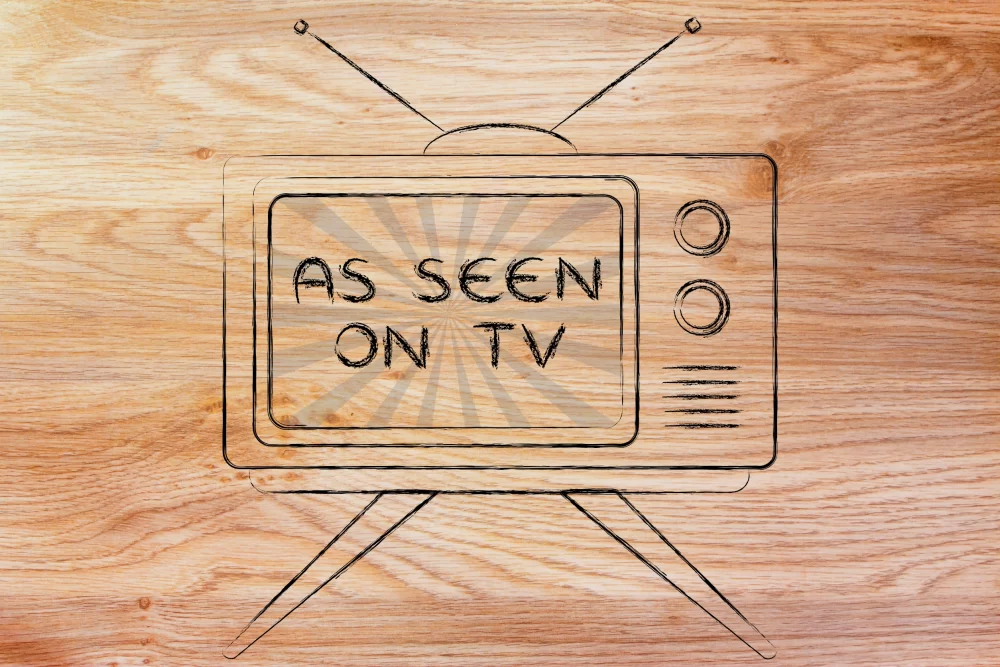
123rf
The allure of “As Seen on TV” products is undeniable. With their flashy commercials and promises of revolutionizing daily life, these items tempt us with convenience and innovation. However, not all that glitters is gold, and many of these products fail to deliver on their lofty promises. We’ve rounded up 16 such products, revealing why they didn’t quite make the cut in real-world usage.
1. The Banana Slicer
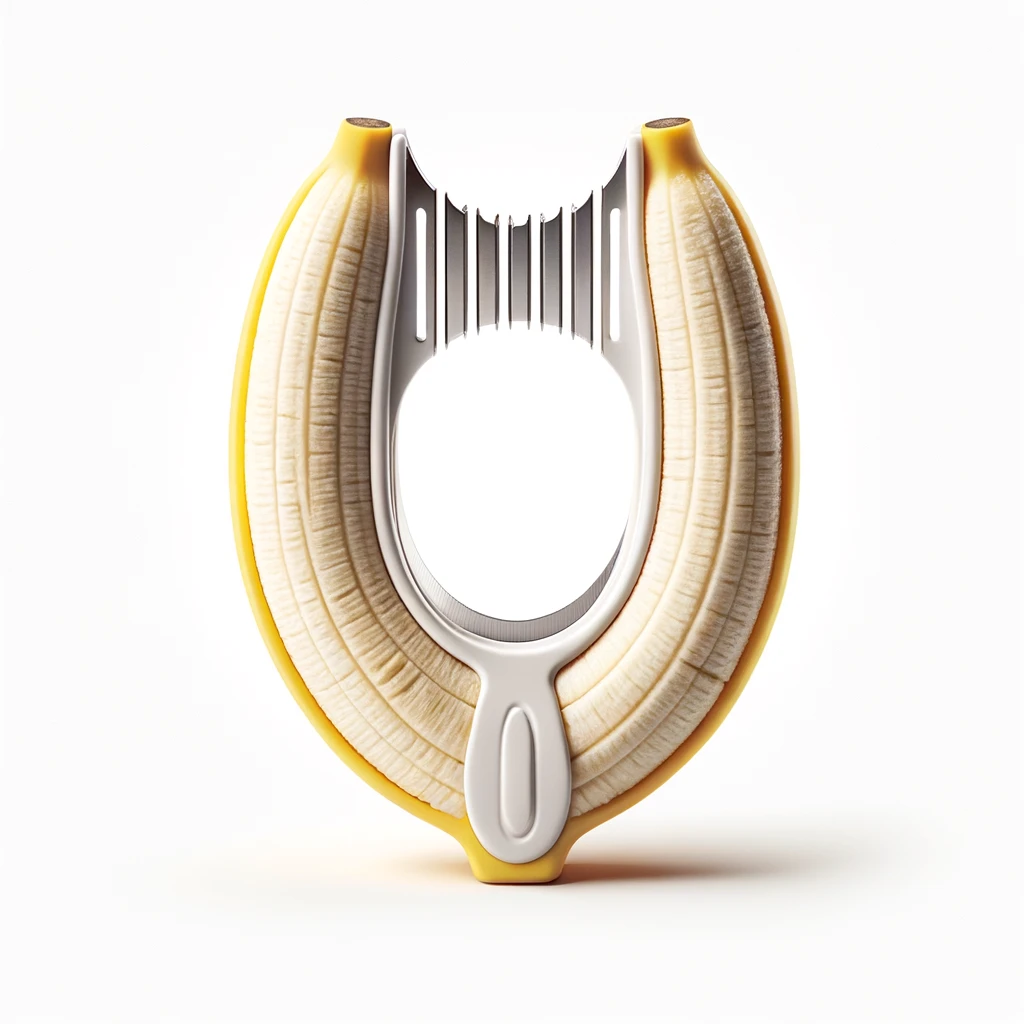
DALL-E
Advertised as a quick and easy solution for slicing bananas, the Banana Slicer failed to impress. The device’s rigid shape often didn’t fit different banana sizes or curves, rendering it less effective than a simple kitchen knife. Furthermore, cleaning the slicer turned out to be more tedious than washing a knife, and it added unnecessary clutter to kitchen drawers.
2. The Eggstractor

DALL-E
The Eggstractor was meant to make peeling hard-boiled eggs a breeze, but it fell short of its promise. Instead of neatly peeling the egg, it often ended up crushing it, leaving users with a kitchen mess. The device also required the eggs to be at a perfect boiling point and temperature to work, which was an additional hassle.
3. The HD Vision Sunglasses
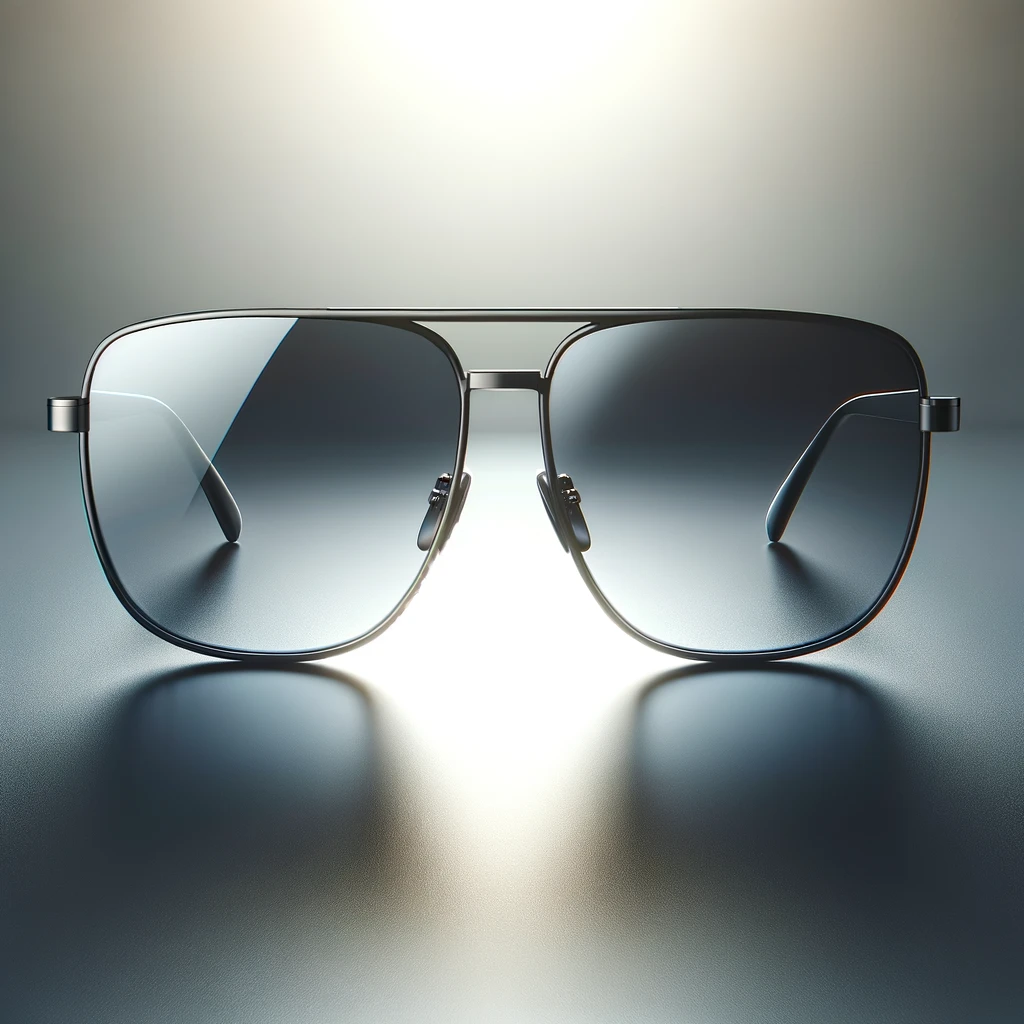
DALL-E
These sunglasses were marketed as offering high-definition clarity, promising to revolutionize how users see the world. Unfortunately, they did little more than a regular pair of tinted sunglasses. Customers found no significant visual enhancement, and many noted the sunglasses felt flimsy and cheaply made.
4. The Shake Weight

DALL-E
The Shake Weight, a dumbbell-like fitness tool, was marketed as a revolutionary way to tone arms and upper body muscles. However, it became notorious for its suggestive motion and limited effectiveness. Users found that it provided minimal resistance compared to traditional weights, and the exercise range was too limited to offer any significant fitness benefits. Additionally, its awkward design made it impractical for a serious workout routine, leading many to question its value as a fitness tool.
5. The Pasta Boat

DALL-E
This microwave pasta cooker was supposed to simplify the pasta-making process, but it often resulted in inconsistently cooked pasta. Users found that it was no quicker than boiling pasta in a pot, and cleaning the Pasta Boat was more troublesome than cleaning a traditional pot. Additionally, the size of the Pasta Boat limited the amount of pasta that could be cooked, making it impractical for larger meals.
6. The Ped Egg
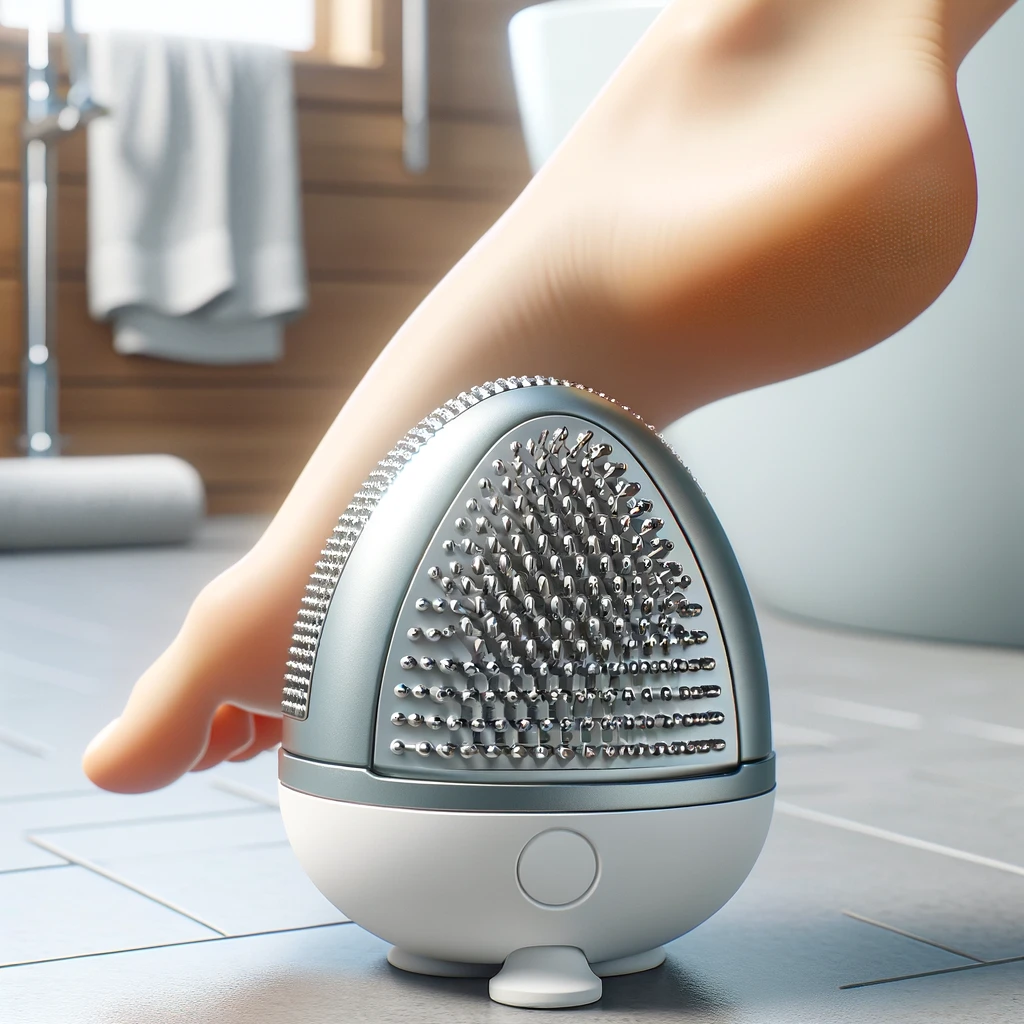
DALL-E
The Ped Egg, a handheld device for removing calluses, seemed like a convenient solution for foot care. However, users found that it was less effective than traditional pumice stones or foot files. The device often became clogged, making it messy and difficult to clean, and the blades dulled quickly.
7. The Snuggie

DALL-E
The Snuggie, a blanket with sleeves, became a cultural phenomenon but was not as practical as advertised. While it provided some warmth, the one-size-fits-all design was cumbersome and didn’t suit everyone. Additionally, the material was often thin and not as cozy as expected, diminishing its value as a comfort item.
8. The ShamWow

DALL-E
This super-absorbent towel promised to outperform regular towels in cleaning up spills. However, many customers found that it wasn’t as absorbent as advertised and quickly became oversaturated. The towel also had a tendency to emit a foul odor after several uses and required specific washing instructions, which was inconvenient.
9. The Bumpits

DALL-E
Bumpits were hair volumizing inserts designed to create the perfect volumized hairstyle effortlessly. However, users often found them difficult to use, and they didn’t stay securely in place, leading to less-than-stellar hairdos. Moreover, the plastic material felt uncomfortable and could be visible through the hair, making the overall look unnatural and cumbersome.
10. The Sticky Buddy
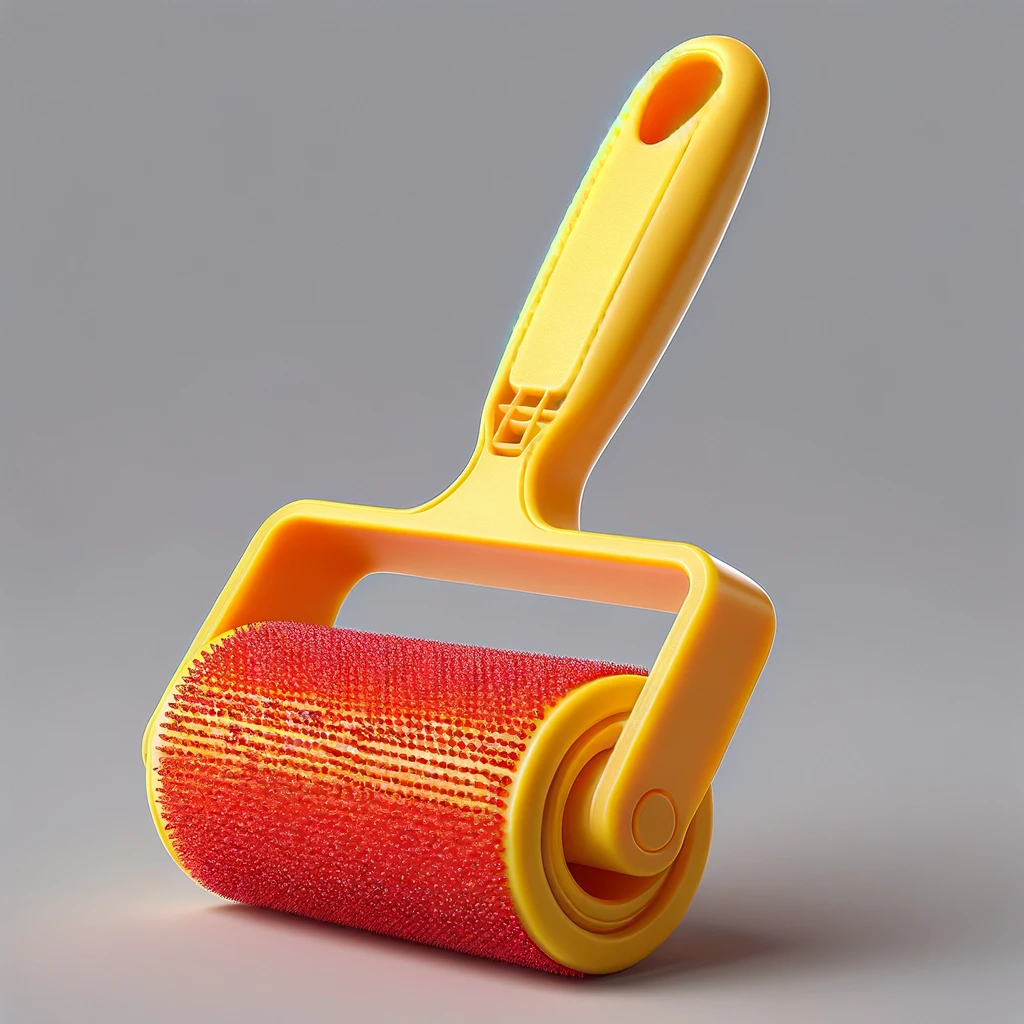
DALL-E
This reusable lint roller promised to be a sustainable solution for picking up pet hair and lint. Users found that while it did pick up some debris, it lost its stickiness quickly and was difficult to clean thoroughly. Additionally, it was less effective on certain fabrics, making it less versatile than traditional lint rollers.
11. The Slap Chop
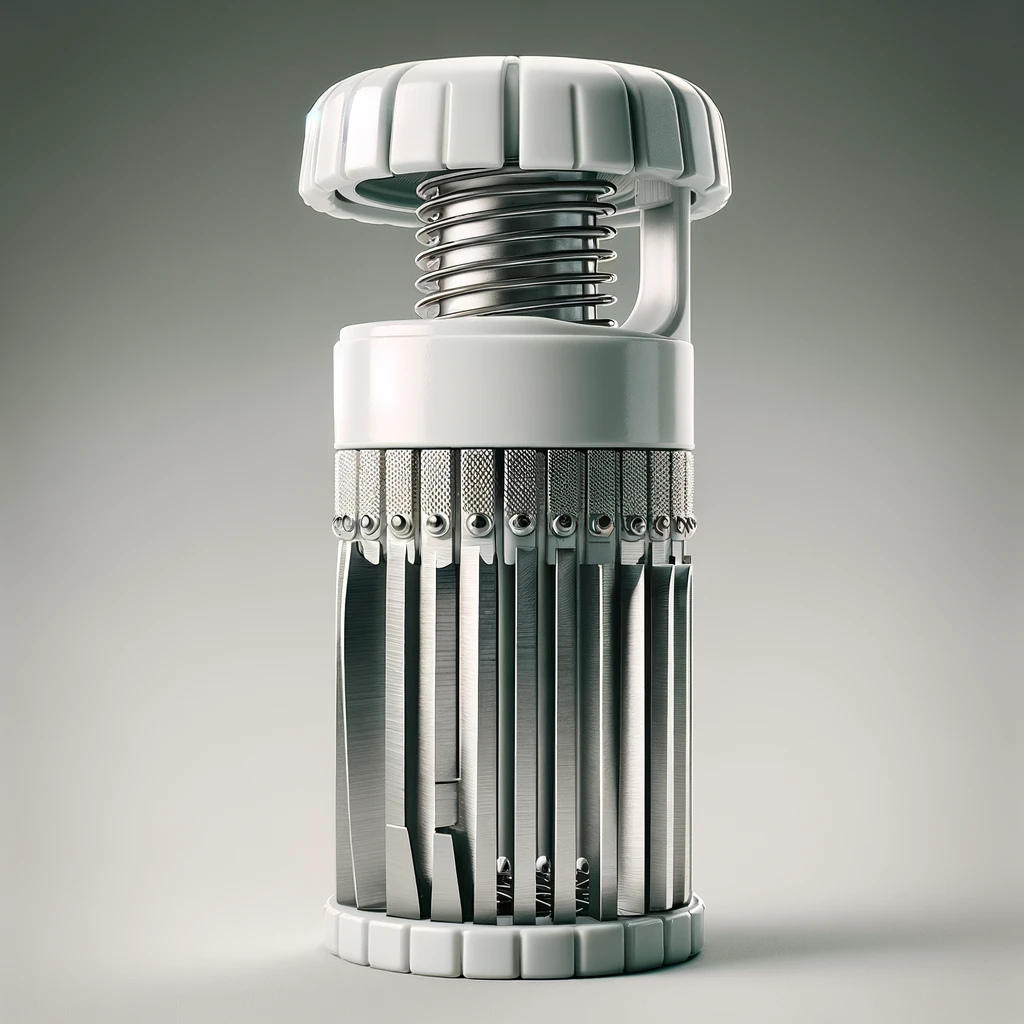
DALL-E
The Slap Chop was designed to be a time-saving chopping tool for various ingredients. However, it often got jammed, especially with tougher vegetables, and was challenging to clean. The blades also dulled quickly, reducing its efficiency over time.
12. The Turbo Snake
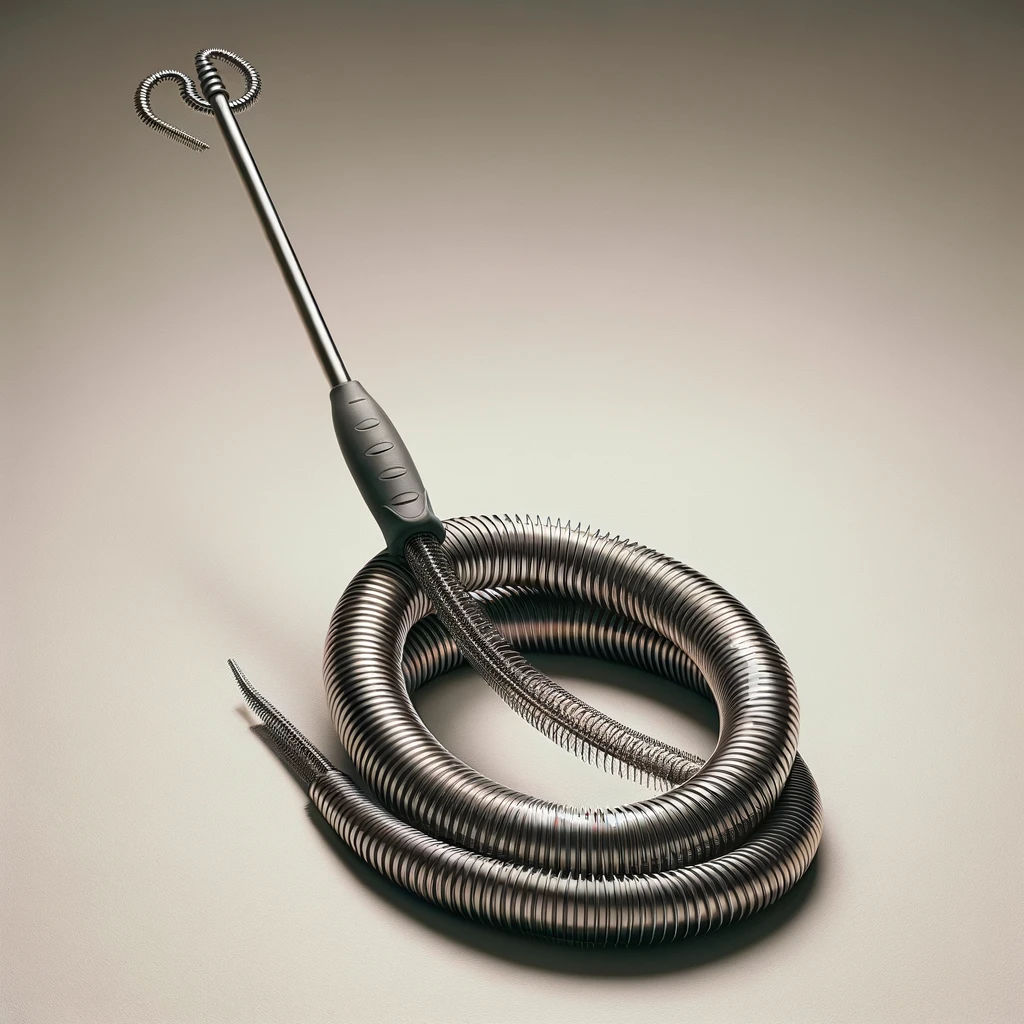
DALL-E
Advertised as a simple tool to unclog drains, the Turbo Snake was not as effective as hoped. It struggled with serious clogs and was only useful for very minor blockages. Many users found it to be flimsy and not durable for repeated use.
13. The Ab Circle Pro

DALL-E
The Ab Circle Pro was a fitness device promising to help users achieve toned abs with minimal effort. However, many found that it provided little to no impact on their abdominal muscles. The device also had durability issues, with many users reporting it broke or wore out quickly.
14. The Mighty Putty
Mighty Putty was advertised as a powerful adhesive capable of fixing a variety of items. Users found that it did not hold as strongly as promised and was difficult to mold and shape. The putty also had a limited shelf life, often drying out before it could be fully utilized.
15. The Aqua Globes
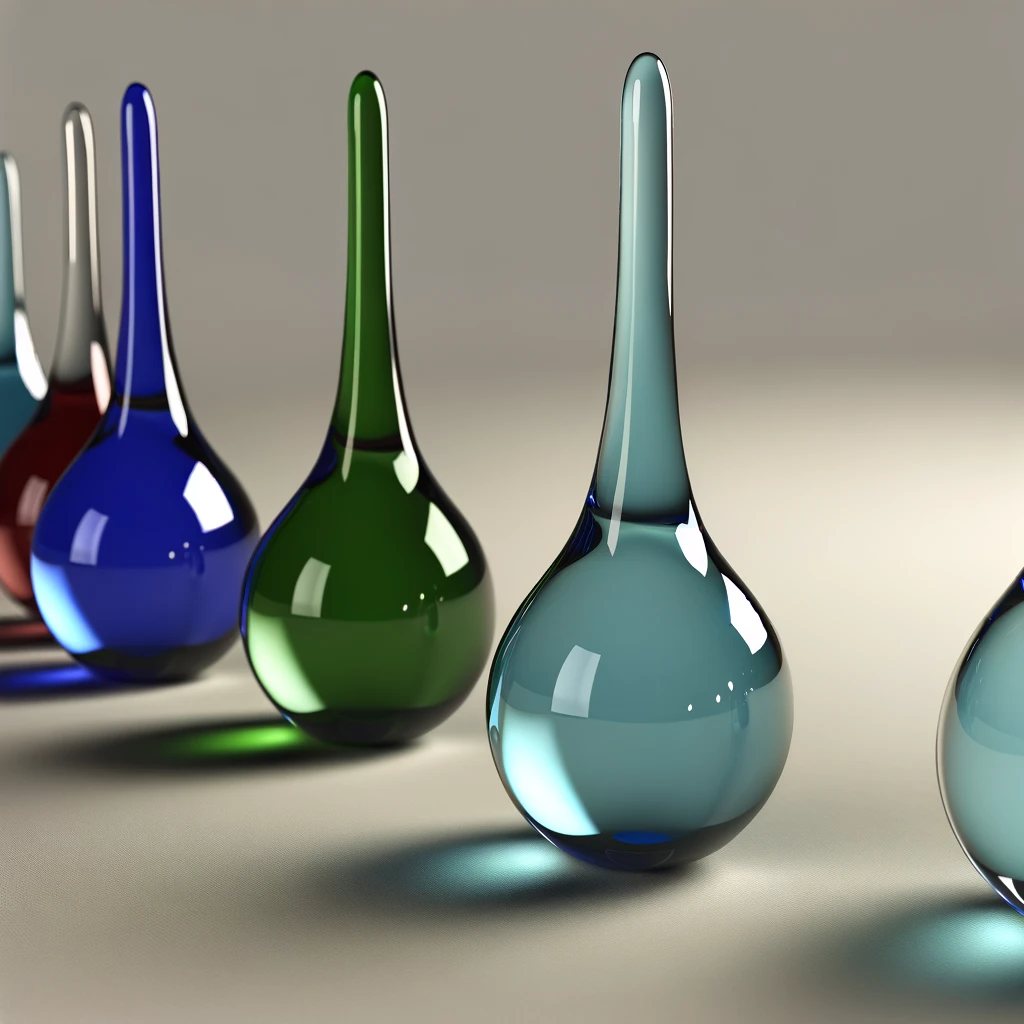
DALL-E
Aqua Globes were designed to automatically water plants as needed. Unfortunately, they often either overwatered or under-watered the plants, and the glass design made them fragile and prone to breaking. Users found regular watering to be more reliable.
16. The Aluma Wallet

DALL-E
The Aluma Wallet was touted as a durable and secure alternative to traditional wallets. However, users reported that it scratched easily and the clasp mechanism broke quickly. The wallet also didn’t offer as much space as a regular wallet, limiting its usefulness.
The Takeaway: Buyer Beware

123rf
These “As Seen on TV” products, while promising convenience and innovation, remind us that not all that glitters is gold. When considering such items, it’s important to research and read reviews to gauge their true effectiveness. While some products may indeed offer solutions, others might turn out to be more of a gimmick than a help. Remember, informed purchasing decisions can save both money and disappointment. Let’s keep a discerning eye as we navigate the enticing world of TV-advertised products.
The post 16 “As Seen On TV” Products That Were Definitely NOT Worth The Money appeared first on The Free Financial Advisor.



